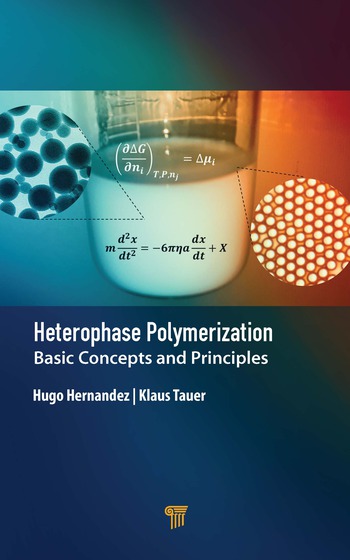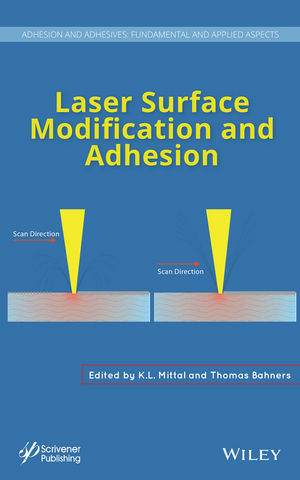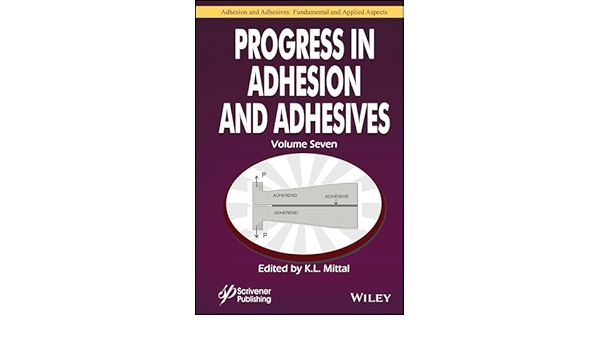Ask Dr. Dave
QUESTION: We have been making two-part epoxies for about two years, but sometimes the resin portion goes solid in our warehouse. This phenomenon does not seem to be reproducible or predictable. How do we keep this from happening?
ANSWER: You are encountering a very common phenomenon with epoxies, namely one of crystallization of the resin on standing. The most common epoxy resins are based on diglycidyl ethers of bisphenol with varying molecular weights. The crystallization is most common with very low-molecular-weight, very pure resins. Note that the pure diglycidyl ether of bisphenol A (DGEBA) is a solid with a melting point of approximately 42°C. You can discourage crystallization by storing your products at room temperature or slightly higher; if crystallization does occur, it is completely reversible by heating the product to 120°F to 140°F for an hour or two. However, the real solution is to prevent the problem. This can often be done by blending two epoxy resins with different molecular weight distributions. Talk to your resin supplier - most of them have "off-the shelf" recommendations.
QUESTION: Last year, you wrote about some of the problems associated with using adhesives and sealants in the winter. What about potential problems in the extreme heat and humidity we have been suffering this summer?
ANSWER: The summer months can also be a challenging time for adhesives and sealants users, in particular for those workers who have to use them in non-air-conditioned environments. In general, most products will dry or cure much faster in higher temperatures. Cyanoacrylate super-glue-type products will cure extremely quickly in hot, high-humidity environments; contrast that with winter months when low humidity sometimes prevents them from curing. Similarly, sealants that cure by reaction with atmospheric moisture (like silicones and polyurethanes) will also cure very rapidly. Two-component epoxies are often used in outdoor construction applications, and summer and winter formulations are frequently used. In winter, one can make up large batches of these adhesives with the most active hardeners and will get long pot lives coupled with fast curing at low temperatures. However, in the summer it is advisable to minimize batch sizes and use slower hardeners to avoid premature curing. Hot-melt adhesives will have longer open and set times in hot weather; this can often be compensated for by lowering gun application temperatures. Substrates like wood will often have much higher moisture contents in warm, humid environments, which can cause water-based adhesives to cure more slowly. The sensible approach to handling adhesives and sealants is to explore what happens to the products and the substrates under summer conditions before you run into problems.
Q&A Exchange is written by Dr. Dave Dunn of F.L.D.Enterprises, a technical consultancy and full-service industrial market research firm specializing in the adhesives, sealants, specialty rubbers, and plastics fields. Dr. Dave is a former vice president and director of Loctite Corp., and has spent many years troubleshooting adhesive and sealant problems. Questions for publication should be directed to him at 242 Trails End, Aurora OH 44202; (330) 562-2930; FAX (865) 251-9687; e-mail DrDave242@att.net; or visit http://www.fldenterprises.com.
Looking for a reprint of this article?
From high-res PDFs to custom plaques, order your copy today!






